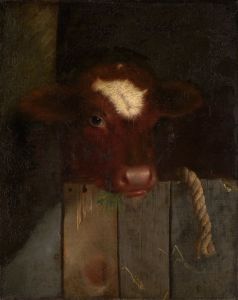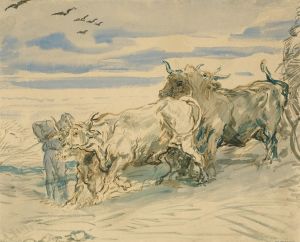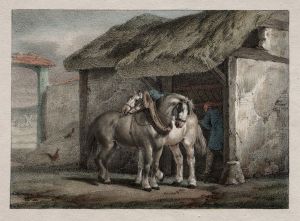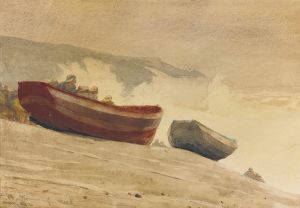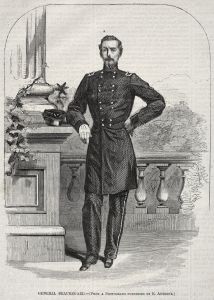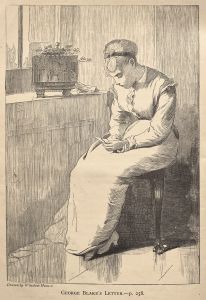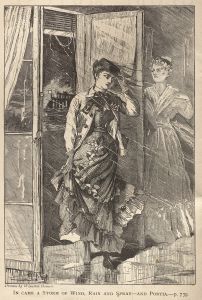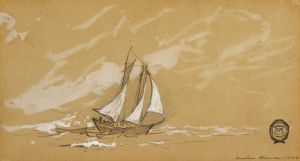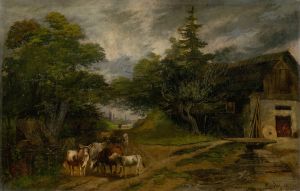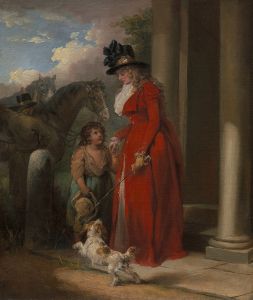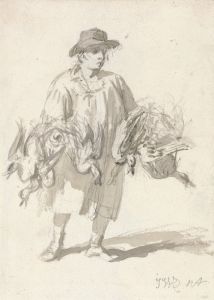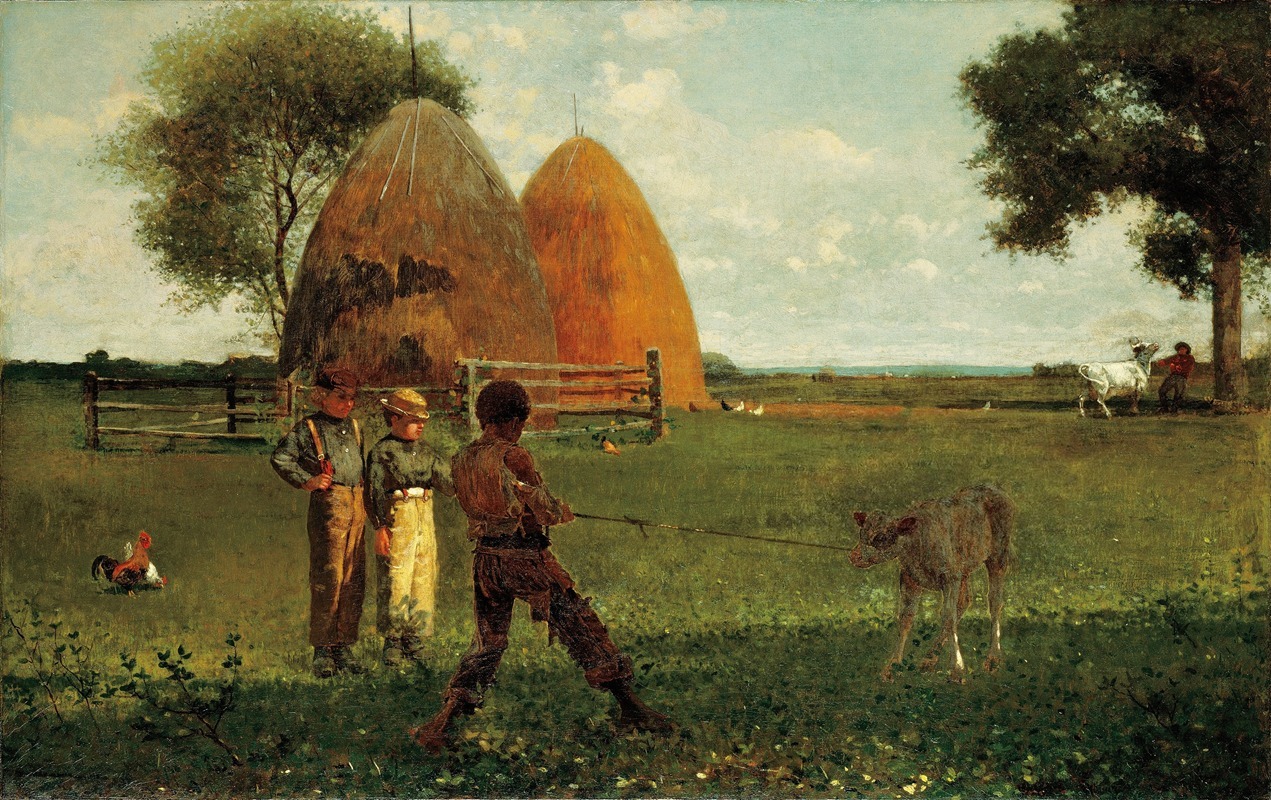
Weaning the Calf
A hand-painted replica of Winslow Homer’s masterpiece Weaning the Calf, meticulously crafted by professional artists to capture the true essence of the original. Each piece is created with museum-quality canvas and rare mineral pigments, carefully painted by experienced artists with delicate brushstrokes and rich, layered colors to perfectly recreate the texture of the original artwork. Unlike machine-printed reproductions, this hand-painted version brings the painting to life, infused with the artist’s emotions and skill in every stroke. Whether for personal collection or home decoration, it instantly elevates the artistic atmosphere of any space.
Winslow Homer, an influential American artist known for his landscape and genre paintings, created "Weaning the Calf" in 1875. This painting is a part of his body of work that captures rural American life with a focus on the relationship between humans and nature. Homer, who began his career as an illustrator, transitioned into painting and became renowned for his realistic and evocative depictions of everyday scenes.
"Weaning the Calf" is an oil painting that exemplifies Homer’s keen observation of rural life and his ability to convey emotion through simple yet powerful imagery. The painting depicts a pastoral scene, likely set in the New England countryside, which was a common setting for many of Homer’s works during this period. The composition centers around a young calf being separated from its mother, a process known as weaning, which is a significant event in agricultural life.
Homer’s use of color and light in "Weaning the Calf" is noteworthy. He employs a naturalistic palette that captures the earthy tones of the landscape and the animals. The light in the painting is soft and diffused, suggesting either early morning or late afternoon, times of day when farm work is often done. This use of light not only enhances the realism of the scene but also imbues it with a sense of tranquility and routine.
The painting reflects Homer’s interest in the themes of growth, separation, and the cycles of life, which are recurrent in his work. By focusing on the weaning process, Homer highlights a moment of transition and independence, both for the calf and the farmer. This theme of transition can be seen as a metaphor for broader human experiences, a common thread in Homer’s oeuvre.
Homer’s technique in "Weaning the Calf" is characterized by his loose brushwork and attention to detail, particularly in the rendering of the animals and the landscape. His ability to capture the textures of the calf’s fur and the surrounding environment demonstrates his skill as a painter and his deep appreciation for the natural world.
During the 1870s, Homer’s work began to gain recognition, and he was increasingly seen as a leading figure in American art. "Weaning the Calf" is representative of this period in his career, where he focused on rural themes and the depiction of American life. This painting, like many of Homer’s works, offers insight into the daily lives of people and animals in the 19th century, providing a window into the past.
"Weaning the Calf" is housed in the collection of the Addison Gallery of American Art, which is part of Phillips Academy in Andover, Massachusetts. The gallery is known for its extensive collection of American art, and Homer’s work is a significant part of its holdings. The painting continues to be appreciated for its artistic merit and its portrayal of a quintessentially American scene.
Overall, "Weaning the Calf" is a testament to Winslow Homer’s ability to capture the essence of rural life and his mastery of the medium. Through this work, Homer not only documents a specific moment in agricultural practice but also explores universal themes that resonate with viewers even today.





